10 Places You Can Travel To With Peace Of Mind & 10 You Should Probably Avoid
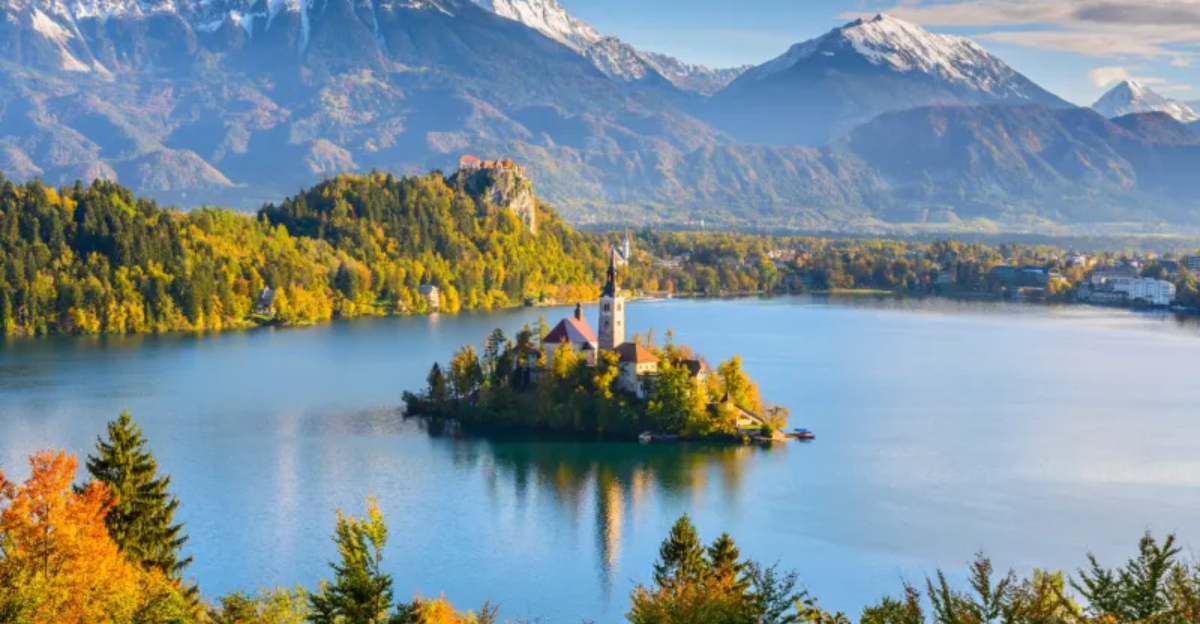
Ever wondered where you might feel most secure when traveling abroad? Safety varies dramatically around the world, influencing everything from daily life to tourism.
Understanding which countries offer peace of mind—and which present serious risks—can help you make informed travel decisions. Let’s explore the global safety spectrum, from havens of tranquility to regions where caution is essential.
1. Iceland: Northern Serenity

This volcanic wonderland boasts virtually non-existent violent crime rates and minimal police presence. Iceland consistently tops global safety indexes with its strong community bonds and social trust system.
Visitors can safely enjoy midnight strolls during summer’s endless daylight or winter’s dark skies. The biggest dangers? Unpredictable weather and natural hazards like geysers.
2. Switzerland: Alpine Security
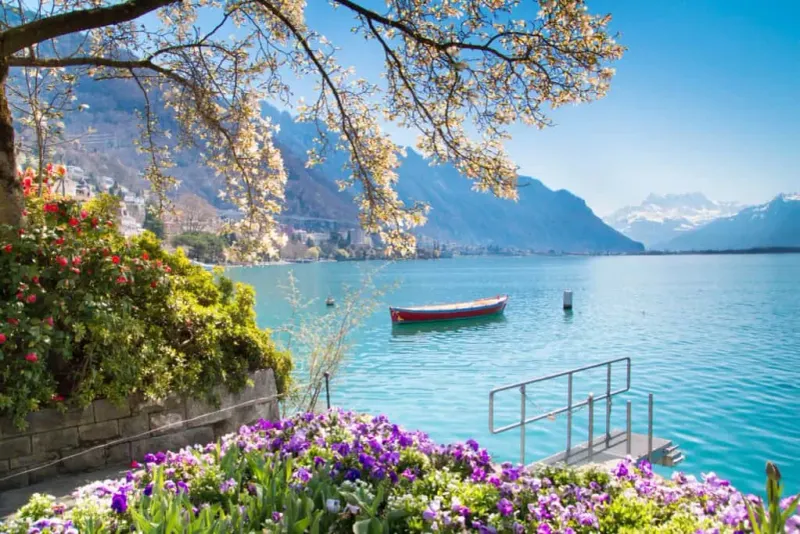
Pristine streets and punctual public transportation reflect a society built on order and reliability. Switzerland’s neutral political stance has fostered decades of stability throughout Europe’s turbulent history.
Crime rates remain remarkably low across both cosmopolitan cities and picturesque mountain villages. Even valuable items left unattended often remain untouched in this nation where respect for rules is deeply ingrained.
3. Finland: Nordic Trust Haven
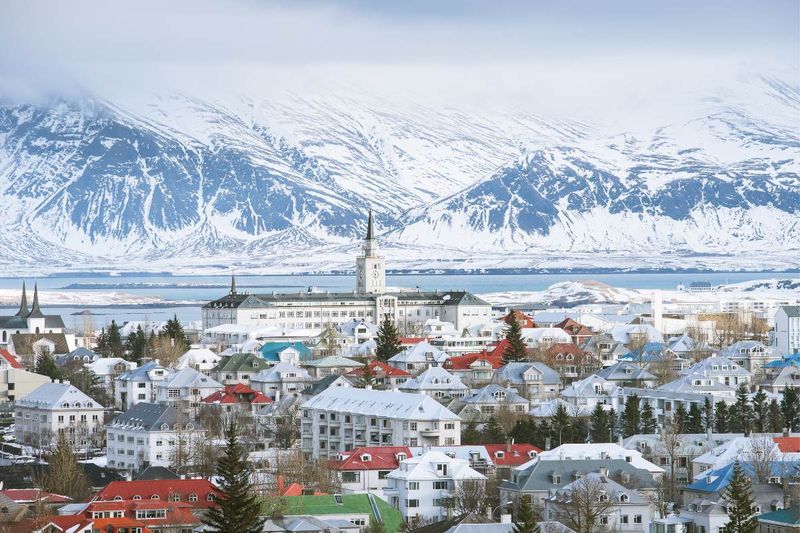
Transparency and honesty form the backbone of daily interactions in this northern paradise. Finland’s citizens enjoy extraordinary levels of social trust—many parents leave sleeping babies outside cafés while they enjoy coffee inside!
The Finnish education system promotes equality and conflict resolution from an early age. Police rarely carry guns in a country where citizens genuinely believe lost wallets will be returned with money intact.
4. Norway: Peaceful Prosperity

Generous social welfare programs create a foundation where citizens rarely resort to crime. Norway’s commitment to equality has built a society where violent incidents make national headlines because they’re so uncommon.
Midnight walks through Oslo feel remarkably secure compared to other European capitals. The biggest threat travelers face might be overpriced coffee or getting caught in unexpected fjord-country rainfall!
5. New Zealand: Adventure Without Worry
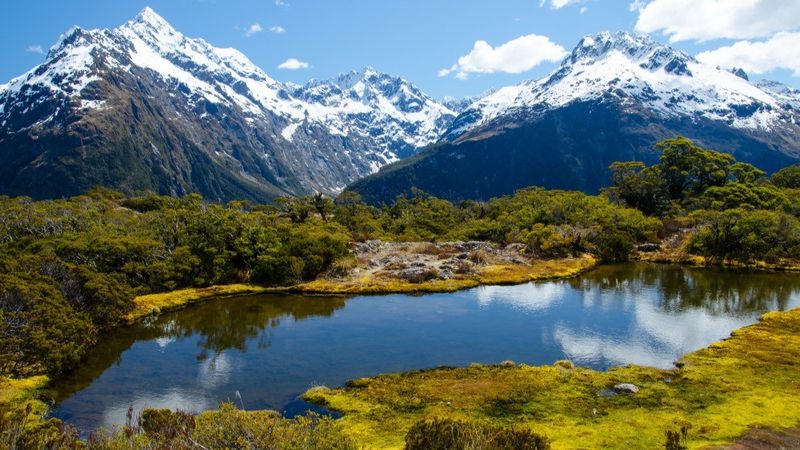
Friendly locals create an atmosphere where solo travelers feel instantly welcomed and secure. New Zealand combines breathtaking landscapes with remarkably low crime rates, especially violent offenses.
Even in remote hiking areas, visitors report feeling safe rather than vulnerable. The country’s geographical isolation has helped preserve both its unique wildlife and its reputation as a sanctuary from global tensions.
6. Denmark: Trust-Based Society
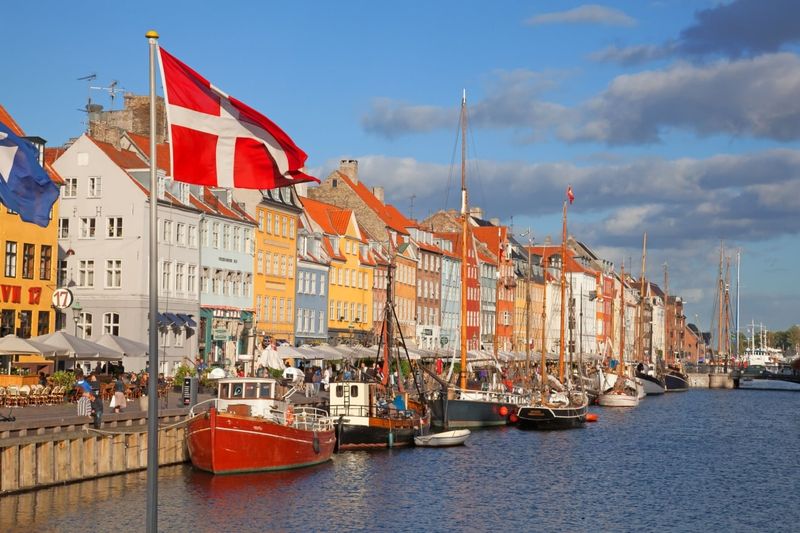
Unlocked bicycles line city streets, symbolizing the extraordinary level of public trust. Denmark’s society operates on mutual respect, with citizens leaving baby strollers—with babies inside—unattended outside shops.
Copenhagen residents swim in clean harbor waters and enjoy public spaces late into the night. The Danish concept of ‘hygge’ (coziness) extends beyond homes to create safe communal environments where everyone looks out for each other.
7. Singapore: Rule-Based Paradise
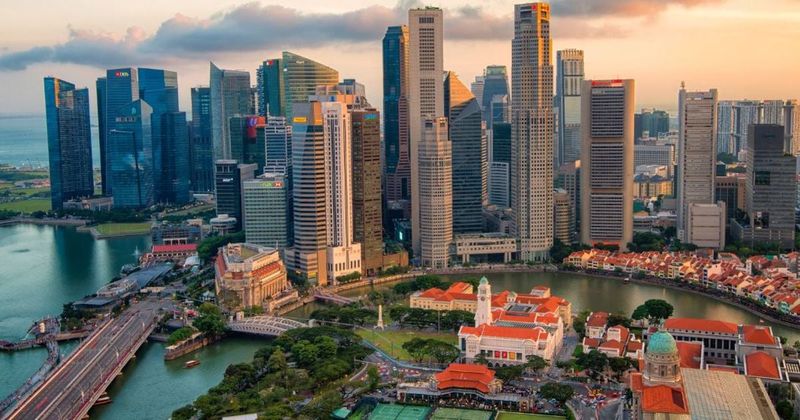
Spotless streets and orderly behavior reflect a society where regulations are strictly enforced. Singapore’s comprehensive surveillance system and swift justice deter even minor infractions like littering or jaywalking.
Families feel comfortable allowing children to use public transportation alone. The city-state’s dedication to cleanliness extends to its approach to crime—both are virtually eliminated through consistent enforcement and cultural expectations.
8. Japan: Cultural Safety Net
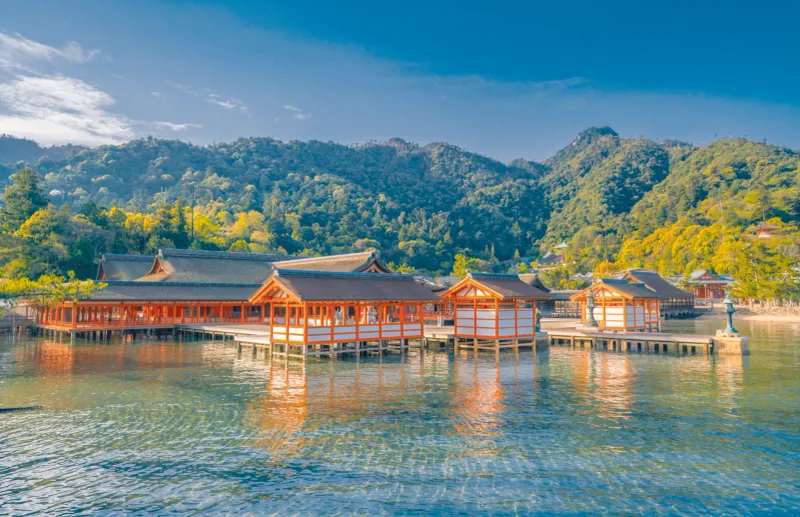
Lost wallets regularly find their way back to owners—complete with cash intact. Japan’s remarkable safety stems from cultural values emphasizing harmony, respect, and avoiding public disruption.
Children as young as six navigate complex Tokyo subway systems alone to reach school. Despite being home to the world’s largest metropolitan area, Japan maintains crime rates so low that police officers sometimes struggle to find work to do!
9. Canada: Friendly Security
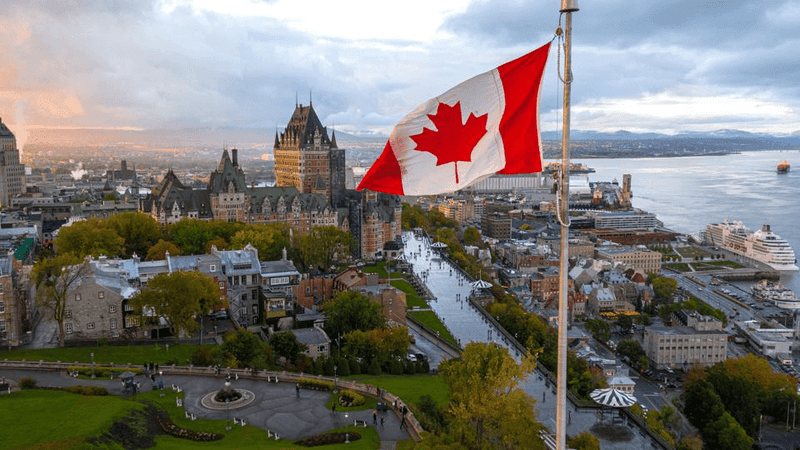
Apologizing unnecessarily reflects the considerate nature that underpins Canadian safety. Across vast landscapes and diverse cities, Canada maintains impressively low crime rates through community policing and social cohesion.
Visitors consistently report feeling secure even in major urban centers like Toronto and Vancouver. The stereotype of Canadian politeness translates into real-world safety where violent crime remains rare and citizens look out for one another.
10. Slovenia: Hidden European Gem
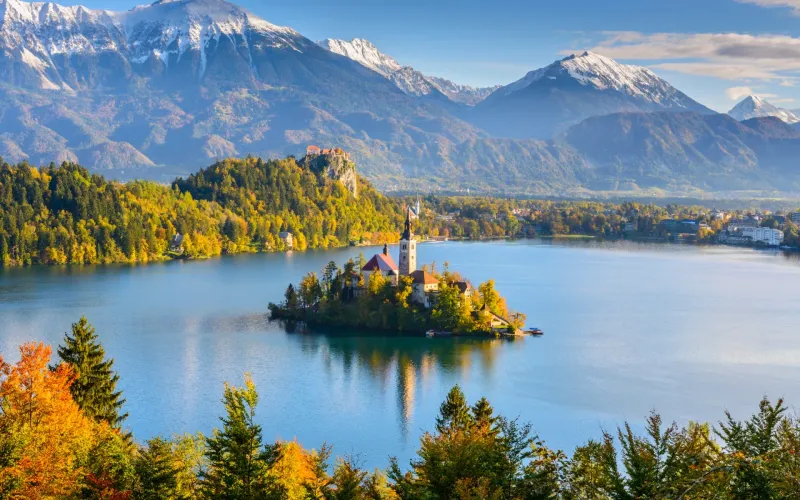
Emerald rivers flow past medieval castles in a country where violent crime barely registers statistically. Slovenia combines the best safety aspects of Western Europe with the unspoiled charm of less-traveled destinations.
Hikers traverse alpine trails without the security concerns found elsewhere. This small nation nestled between Italy, Austria, Hungary and Croatia offers travelers peace of mind alongside its stunning natural beauty and architectural treasures.
11. Afghanistan: Ongoing Uncertainty

Decades of conflict have created profound security challenges throughout the mountainous landscape. Travelers face significant risks including kidnapping, terrorism, and being caught in crossfire between competing armed groups.
Afghanistan’s complex political situation changes rapidly, with safety conditions varying dramatically by region. Essential infrastructure like hospitals and roads have suffered extensive damage, complicating both daily life and emergency response.
12. Syria: War-Torn Heartland
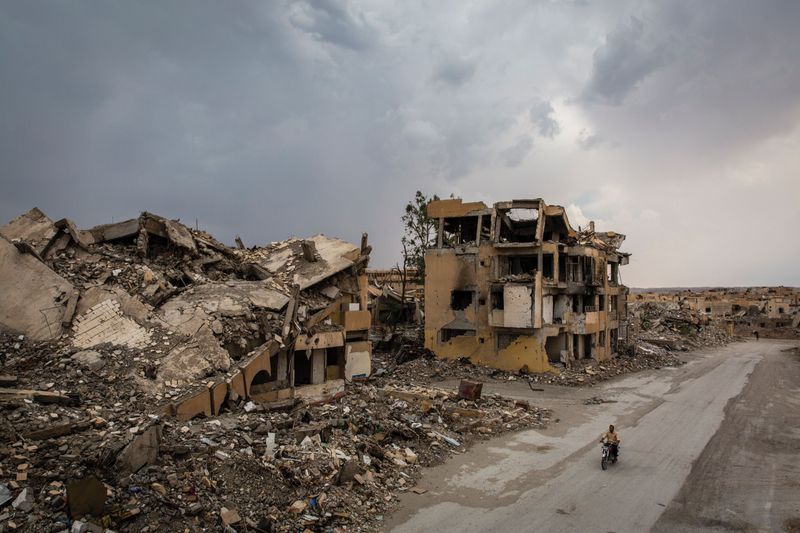
Ancient historical treasures stand damaged amid a devastating modern conflict. Syria’s prolonged civil war has displaced millions and destroyed critical infrastructure across once-thriving cities and towns.
Humanitarian workers operate under extreme risk in areas where bombings and kidnappings remain common. What was once a cultural crossroads rich with UNESCO World Heritage sites now presents one of the world’s most dangerous environments for both residents and visitors.
13. Somalia: Coastal Danger Zone
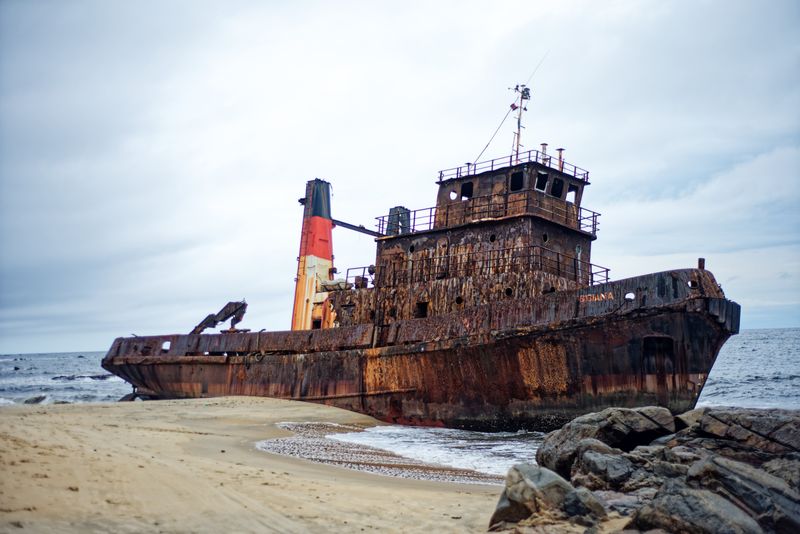
Beautiful beaches lie inaccessible due to extreme security threats that have persisted for decades. Somalia’s combination of piracy, terrorism, clan warfare, and weak central government creates multifaceted dangers for anyone traveling there.
Kidnappings for ransom target foreigners, while violent crime affects everyone. Even humanitarian organizations struggle to maintain operations in a country where lawlessness prevails and safe zones can quickly become dangerous.
14. Yemen: Crisis Conditions
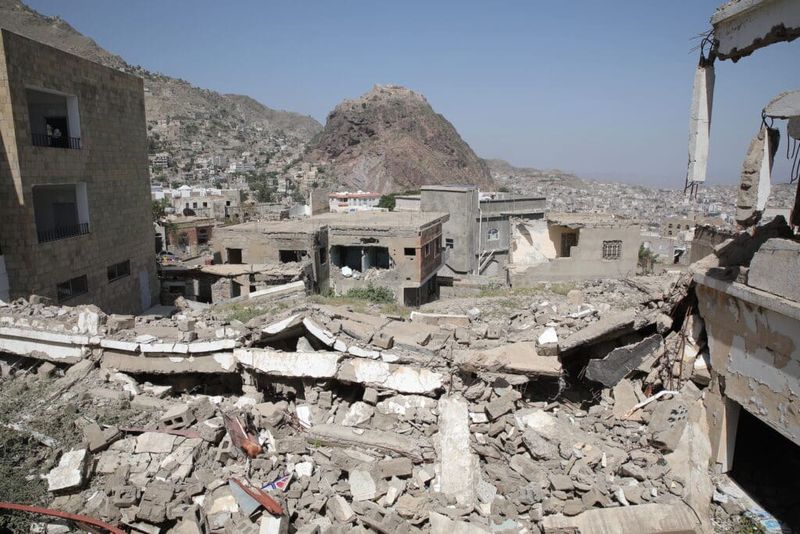
Ancient skyscrapers made of mud-brick stand amid one of today’s most severe humanitarian emergencies. Yemen faces catastrophic food insecurity alongside active bombing campaigns and territorial disputes between multiple armed factions.
Civilian infrastructure including hospitals and water systems has been deliberately targeted. Foreign visitors face extreme kidnapping risk in a country where even basic necessities like food, medicine, and clean water are increasingly difficult to secure.
15. South Sudan: Fragile Independence

Vast savannas and wetlands hide ongoing ethnic conflicts that regularly erupt into violence. South Sudan’s relatively recent independence has been marred by civil war, widespread displacement, and collapse of already-limited infrastructure.
Armed groups control territory unpredictably, making travel between regions extremely dangerous. Medical facilities are scarce and often non-functional in a country where conflict, disease outbreaks, and food insecurity create compounding risks.
16. Iraq: Historical Crossroads in Turmoil
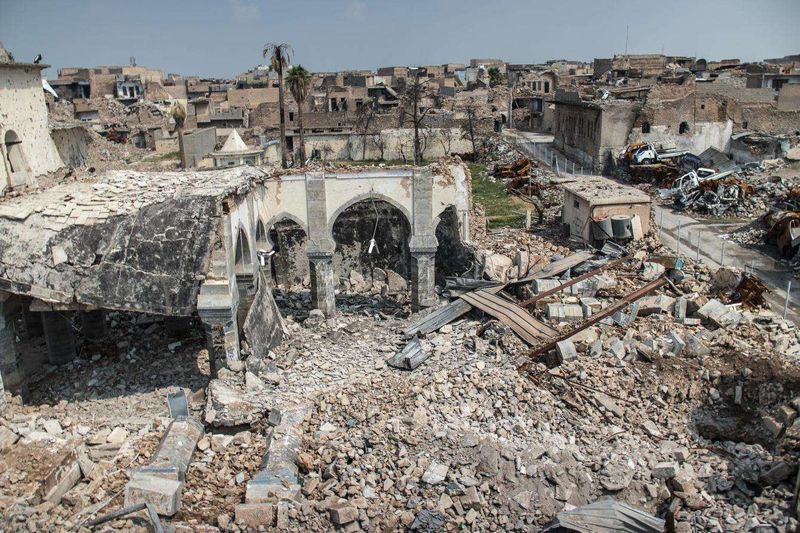
Mesopotamian cradle of civilization now faces modern security challenges that vary dramatically by region. Iraq’s northern Kurdish areas contrast sharply with more volatile central and western regions where militant groups maintain significant presence.
Unexploded ordnance and improvised explosive devices pose lingering threats throughout the country. While some areas have stabilized in recent years, kidnapping, terrorism, and sectarian violence remain serious concerns for both residents and the few visitors.
17. Central African Republic: Isolated Instability
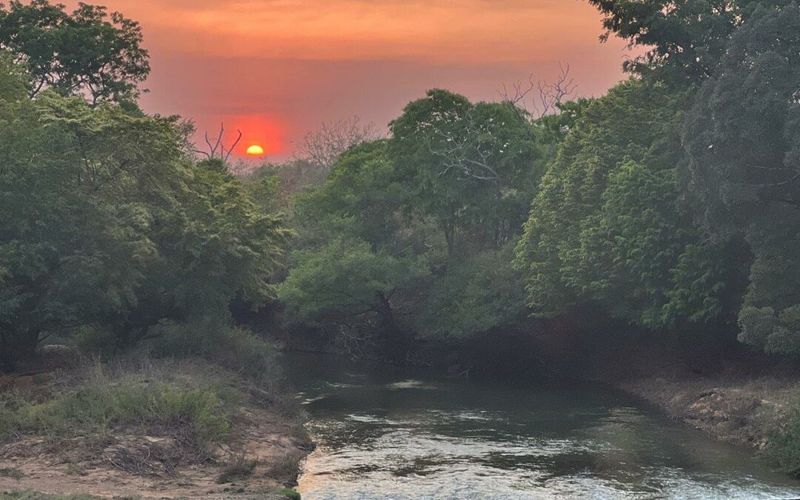
Lush rainforests and diamond-rich lands belie extreme danger from armed groups controlling vast territories. The Central African Republic’s remote location and limited transportation infrastructure compound security challenges and complicate emergency evacuations.
Roadblocks operated by militias make ground travel exceptionally risky. Government control extends to limited areas, with rebel groups and bandits operating freely throughout much of the country despite UN peacekeeping efforts.
18. Venezuela: Economic Collapse
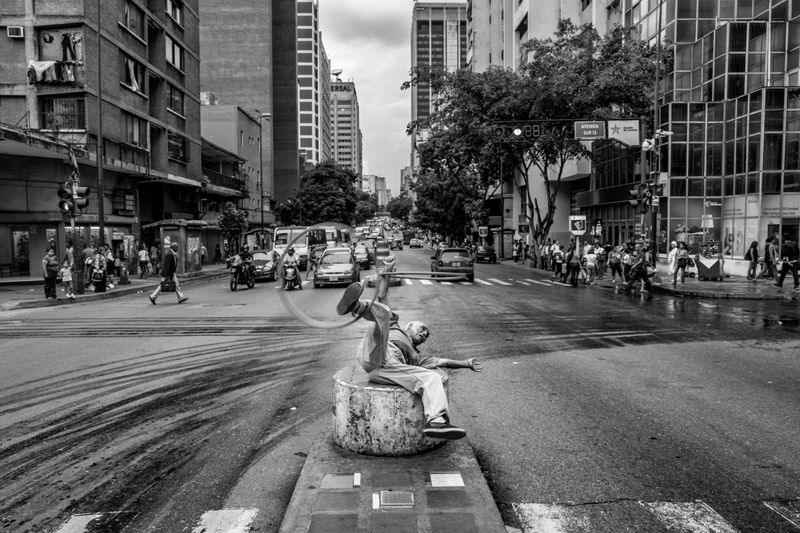
Stunning natural beauty from Caribbean beaches to Angel Falls exists alongside severe societal breakdown. Venezuela’s economic crisis has triggered widespread shortages of food, medicine, and other essentials, driving crime rates to extreme levels.
Express kidnappings, where victims are briefly abducted for quick payments, have become commonplace. Once among Latin America’s wealthiest nations, Venezuela now faces one of the world’s highest murder rates as police forces struggle with corruption and limited resources.
19. Mali: Desert Insecurity
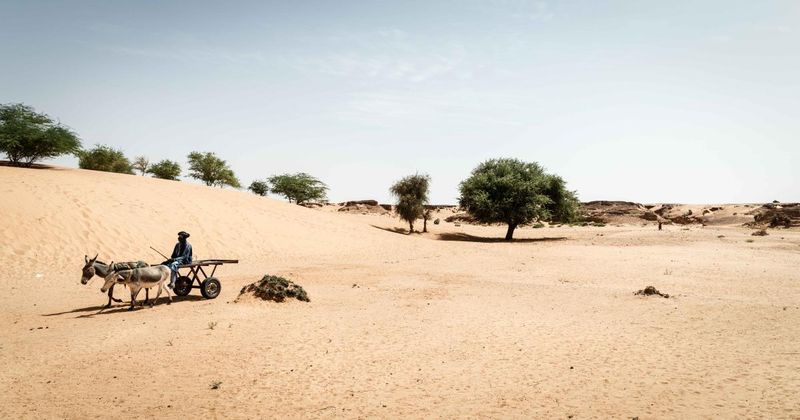
Ancient manuscripts and mud mosques stand in stark contrast to modern extremist violence. Mali’s vast desert regions have become havens for terrorist groups that target both locals and the few foreigners who venture beyond secured areas.
Kidnapping for ransom has become a funding strategy for armed groups. Once a popular destination for adventurous travelers drawn to Timbuktu and other historical sites, Mali now appears on most countries’ highest-level travel warning lists.
20. Ukraine: Conflict Zone

Golden-domed churches and vibrant cultural traditions endure despite ongoing warfare in eastern regions. Ukraine’s security situation varies dramatically—western cities remain relatively stable while eastern areas experience active combat and changing territorial control.
Unexploded ordnance and landmines pose serious threats in conflict areas. Air raid sirens and power outages have become part of daily life in a country where millions have been displaced and critical infrastructure regularly targeted.
